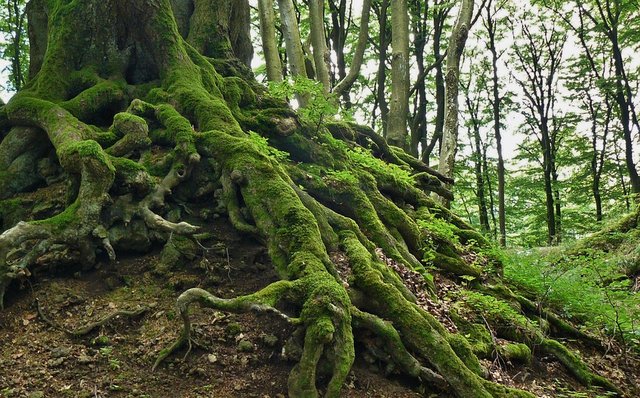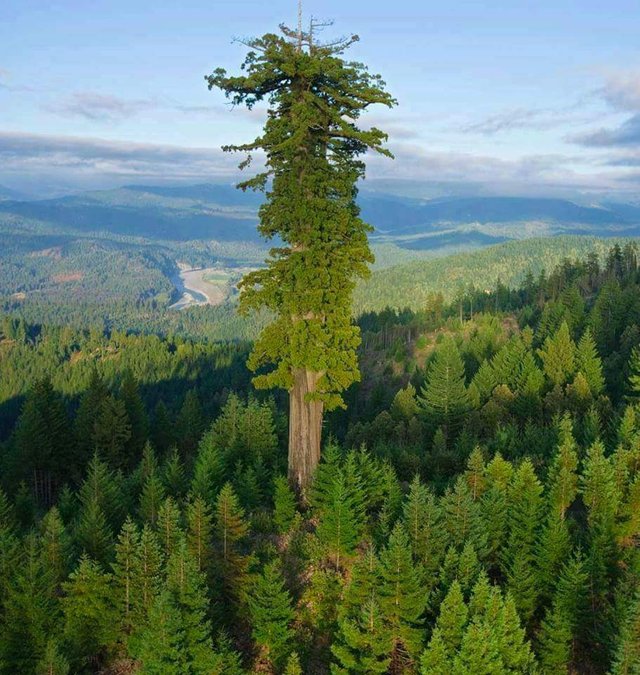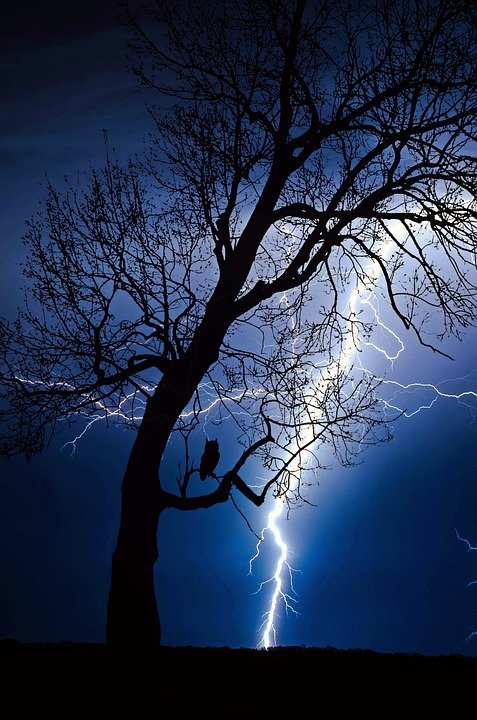Facts about Trees and why they must be saved
Trees are one of the very useful and beautiful living things on earth. They provide us with fresh oxygen and many essential things, such as wood, implements to make paper, shade on sunny days, fruits and land to house lots of animals including animals, insects and birds.

Source
What is Tree
Trees are plants, which look big with lots of branches and leaves. There is no proper scientific definition about trees. But, the authors define trees in their own way. Generally, a plant is considered a tree if it is over 13 feet in height, has a wooden stem, and lasts for many years.
Tree, a wood plant that regularly renews its growth (perennial). Most plants are classified as trees, with a single self-supporting trunk with wooden tissue, and in most species the trunk produces secondary organs, called branches.
For many, the term tree provokes the creation of images of such ancient, powerful and majestic structures as oaks and sequoias, one of the largest and longest-lived creatures in the world.
Although much of Earth's cosmic biomass is represented by trees, the fundamental importance of these ubiquitous plants appears to have not been fully appreciated for the existence and diversity of life on Earth.
The biosphere is dependent on the metabolism, death, and recycling of plants, especially trees. Their massive branches and root systems accumulate carbon dioxide, transfer water, and produce oxygen that is released into the atmosphere.
Soil organic matter develops primarily from decaying leaves, twigs, branches, roots, and fallen trees, all of which recycle nitrogen, carbon, oxygen, and other important nutrients. There are few organisms as important as trees to maintain the Earth's ecology.
Trees are more than just a part of our natural landscape. They provide shelter and food for wildlife. They absorb carbon dioxide and produce breathable air.
Here are some of our favorite tree facts, hope you like them!
1) Trees get their energy through photosynthesis

Source
One of the most important tree facts is how these plants get their energy. Trees use a chemical change that converts energy from sunlight - photosynthesis. This process begins when the chlorophyll pigment in the leaves of the tree absorbs light energy.
They use this energy to create a reaction between carbon dioxide and water to make sugar glucose. This glucose is then either used for respiration or converted to starch and stored. Oxygen is a by-product of this process and the tree releases it into the atmosphere.
2) Tree Roots are useful anchors

Source
The water required for photosynthesis, and other important nutrients for healthy growth, is taken from the soil by tree roots. But there are many tree facts related to the utility of roots. Roots anchor the tree to the ground, as well as being used to store energy.
When the seedling is growing in a tree, the first part of the seed comes out during germination. It begins as the root of an embryo, and then grows directly into the soil to form a tripod. After a few weeks, the lateral roots begin to grow horizontally through the earth. On the roots themselves, single cell root hairs are exposed to soil particles, and absorb the nutrients and water required by the tree.
3) There are about 100,000 different types of trees
One of the more fascinating tree facts is the number of trees of many species - about 100,000 we know. These include deciduous and coniferous species. Deciduous trees have broad, large leaves that fall in the fall. Deciduous trees are mainly hardwoods, and are often grown for wood. Some examples of common deciduous trees include maple, birch, beech, poplar, elm, ash, oak, willow, hickory and chestnut.
On the other hand, coniferous trees are identified by different criteria of tree facts. They are often referred to as evergreens, as they remain green throughout the year and do not leave their leaves in autumn. They are also able to survive in harsh climates. They often develop into a triangular shape, and have pointed, needle-like leaves. Their wood is usually of softwood variety. Common types of coniferous trees include pine, juniper, cedar, hemlock, cedar, spruce, yelwood, cypress, yaw and alder.
4) The tallest tree in the world is called Hyperion - and they are hidden!

Source
On August 25, 2006, naturalists Michael Taylor and Chris Atkins made an incredible discovery at Redwood National and State Park, Northern California. They came across the world's tallest known tree, a coast redwood measuring 379 feet (115.6 m). He named it tree Hyperion, and estimated that he was 700–800 years old.
However, he feared that this incredible tree would become fact news and many tourists would come here. There was concern here that visitors would flock to see Hyperion, and this could disturb the ecosystem in the park. For this reason, Hyperion's exact location was never revealed.
5) The Germans invented the Christmas tree

Source
The facts of the tree surrounding the modern Christmas tradition of decorating evergreen trees are unclear. Historians generally believe that Christmas trees were first decorated for the holiday in modern Germany. Some believe that Martin Luther, the famous Protestant reformer, first planted lighted candles on the tree. However, the symbolism of evergreen trees is also important in pre-Christian winter rituals. For the ancient Egyptians, Hebrews and Chinese, evergreen trees symbolized eternal life.
6) You should never take shelter under a tree during a storm

Source
You must have heard about trees that trees are dangerous to pass in storms. Although humans have always found shelter in forests and forests, it is certainly not the time to do so during a storm! Trees are negatively charged, and lightning is positively charged, so lightning often falls on the tree. On top of that, electricity always follows the path of least resistance, which means that the highest object will hit first.
7) There are more than 60,000 known tree species on Earth.
Until some time ago, there was not a complete global census of tree species. But in April 2017, the results of a "massive scientific effort" were published in the Journal of Sustainable Forestry, as well as a searchable online archive called GlobalTreeSearch.
The scientists behind the effort compiled data from museums, botanical gardens, agricultural centers and other sources, and concluded that there are currently 60,065 tree species known to science. Abarema abbottii is a weak limestone tree found only in the Dominican Republic.

You got a 38.46% upvote from @joeparys! Thank you for your support of our services. To continue your support, please follow and delegate Steem power to @joeparys for daily steem and steem dollar payouts!
This post earned a total payout of 0.274$ and 0.206$ worth of author reward which was liquified using @likwid. To learn more.